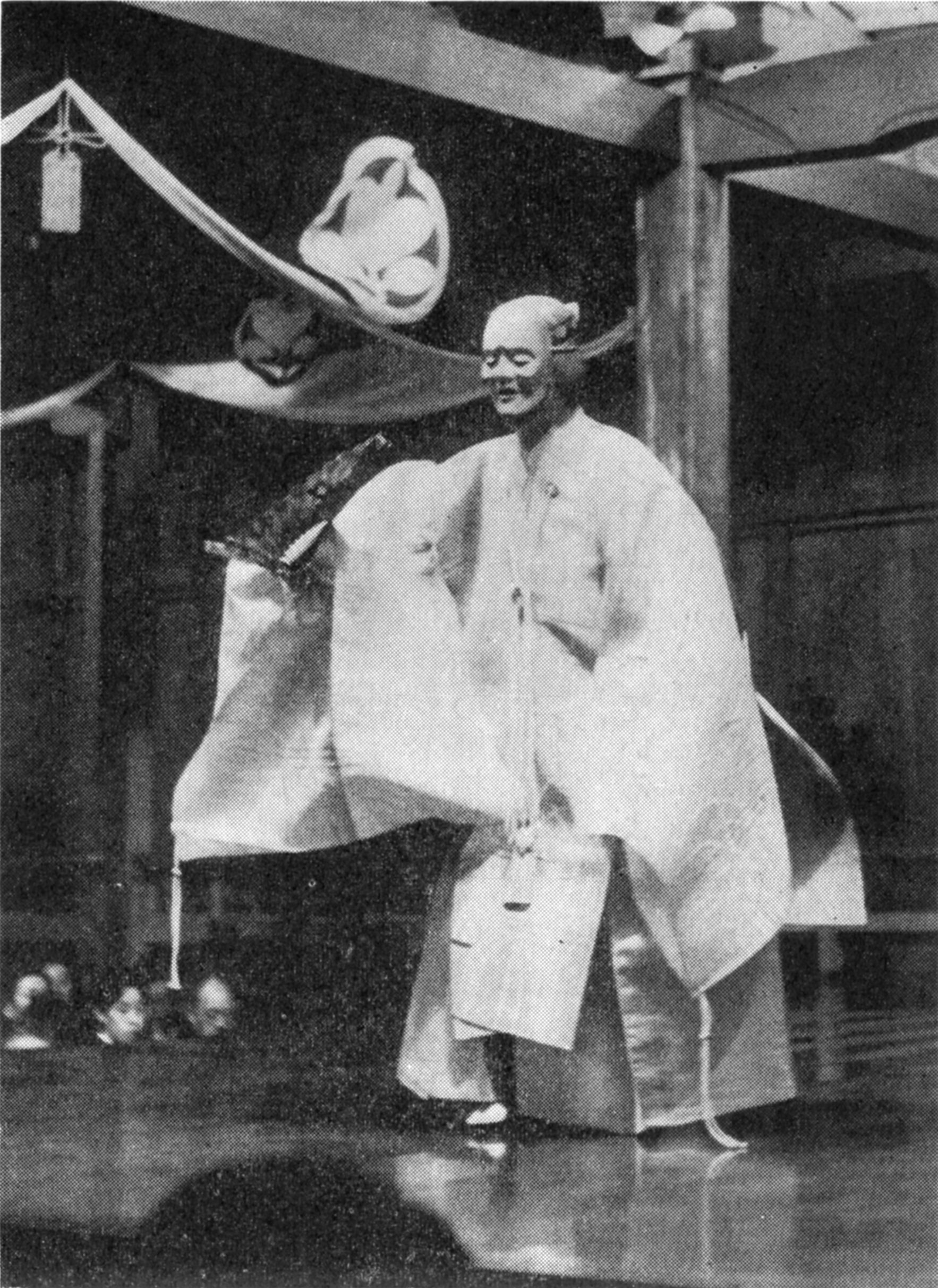|
Ran (1985 Movie)
is a 1985 epic historical drama film directed, edited and co-written by Akira Kurosawa. The plot derives from William Shakespeare's ''King Lear'' and includes segments based on legends of the ''daimyō'' Mōri Motonari. The film stars Tatsuya Nakadai as Hidetora Ichimonji, an aging ''Sengoku''-period warlord who decides to abdicate as ruler in favor of his three sons. Like most of Kurosawa's work in the 1970s and 80s, ''Ran'' is an international production, in this case a Japanese-French venture produced by Herald Ace, Nippon Herald Films, and Greenwich Film Productions. Production planning went through a long period of preparation. Kurosawa conceived the idea of ''Ran'' in the mid-1970s, when he read about Motonari, who was famous for having three highly loyal sons. Kurosawa devised a plot in which the sons become antagonists of their father. Although the film became heavily inspired by Shakespeare's play ''King Lear'', Kurosawa began using it only after he had started prepara ... [...More Info...] [...Related Items...] OR: [Wikipedia] [Google] [Baidu] |
Akira Kurosawa
was a Japanese filmmaker and painter who directed thirty films in a career spanning over five decades. He is widely regarded as one of the most important and influential filmmakers in the history of cinema. Kurosawa displayed a bold, dynamic style, strongly influenced by Western cinema yet distinct from it; he was involved with all aspects of film production. Kurosawa entered the Japanese film industry in 1936, following a brief stint as a painter. After years of working on numerous films as an assistant director and scriptwriter, he made his debut as a director during World War II with the popular action film '' Sanshiro Sugata''. After the war, the critically acclaimed ''Drunken Angel'' (1948), in which Kurosawa cast the then little-known actor Toshiro Mifune in a starring role, cemented the director's reputation as one of the most important young filmmakers in Japan. The two men would go on to collaborate on another fifteen films. ''Rashomon'' (1950), which premiered ... [...More Info...] [...Related Items...] OR: [Wikipedia] [Google] [Baidu] |
Nippon Herald Films
Kadokawa Daiei Studio, formerly is the film division of the Japanese company the Kadokawa Corporation. It is one of the four members of the Motion Picture Producers Association of Japan (MPPAJ), and is therefore one of Japan's Big Four film studios. History In 1945, Genyoshi Kadokawa established Kadokawa Shoten Publishing Co., focusing on the publishing business. In 1975, Kadokawa's president, Haruki Kadokawa, decided to venture into the film business, launching the film division of Kadokawa Shoten; thus Kadokawa Pictures was born. His goal was to try to reap synergy benefits by creating film adaptations of the publishing house's most popular books and marketing them simultaneously. The company's first film was the 1976 release '' The Inugamis'', directed by Kon Ichikawa and adapted from a Kadokawa Shoten published novel written by Seishi Yokomizo. Due to an aggressive marketing campaign, the film ended as the second-largest earner of the year in Japan. Between 1976 and ... [...More Info...] [...Related Items...] OR: [Wikipedia] [Google] [Baidu] |
Throne Of Blood
is a 1957 Japanese ''jidaigeki'' film co-written, produced, edited, and directed by Akira Kurosawa, with special effects by Eiji Tsuburaya. The film transposes the plot of William Shakespeare's play ''Macbeth'' from Medieval Scotland to feudal Japan, with stylistic elements drawn from Noh drama. The film stars Toshiro Mifune and Isuzu Yamada in the lead roles, modelled on the characters Macbeth and Lady Macbeth. As with the play, the film tells the story of a warrior who assassinates his sovereign at the urging of his ambitious wife. Kurosawa was a fan of the play and intended to make his own adaptation for several years, delaying it after learning of Orson Welles' ''Macbeth'' (1948). Among his changes was the ending, which required archers to fire arrows around Mifune. The film was shot around Mount Fuji and Izu Peninsula. Despite the change in setting and language and numerous creative liberties, ''Throne of Blood'' is often considered one of the better film adaptations of the ... [...More Info...] [...Related Items...] OR: [Wikipedia] [Google] [Baidu] |
Kagemusha
is a 1980 jidaigeki film directed by Akira Kurosawa. It is set in the Sengoku period of Japanese history and tells the story of a lower-class criminal who is taught to impersonate the dying ''daimyō'' Takeda Shingen to dissuade opposing lords from attacking the newly vulnerable clan. ''Kagemusha'' is the Japanese term for a political decoy, literally meaning "shadow warrior". The film ends with the climactic 1575 Battle of Nagashino. The film won the Palme d'Or at the 1980 Cannes Film Festival (tied with '' All That Jazz''). It was also nominated for the Academy Award for Best Foreign Language Film and received other honours. In 2009 the film was voted at No. 59 on the list of ''The Greatest Japanese Films of All Time'' by Japanese film magazine Kinema Junpo. Plot During the Sengoku period, Takeda Shingen, ''daimyō'' of the Takeda clan, meets a thief his brother Nobukado spared from crucifixion due to the thief's uncanny resemblance to Shingen; the brothers agree that he would ... [...More Info...] [...Related Items...] OR: [Wikipedia] [Google] [Baidu] |

